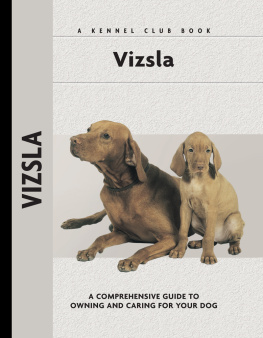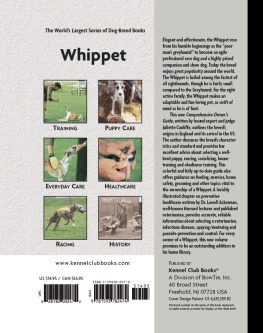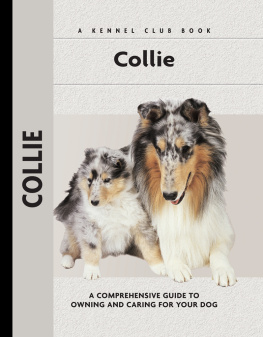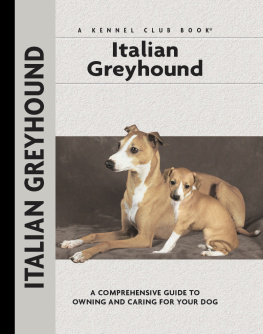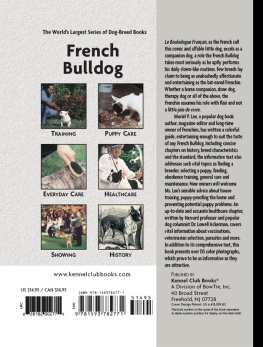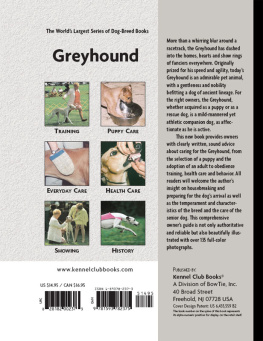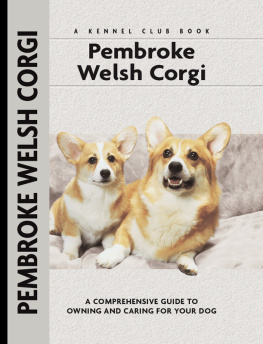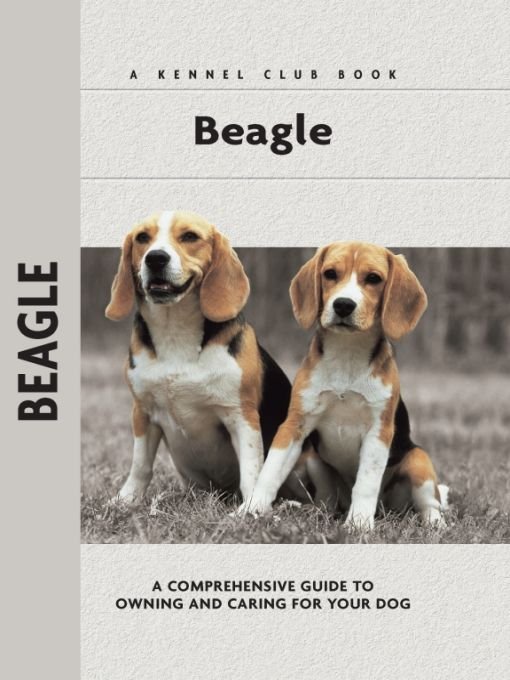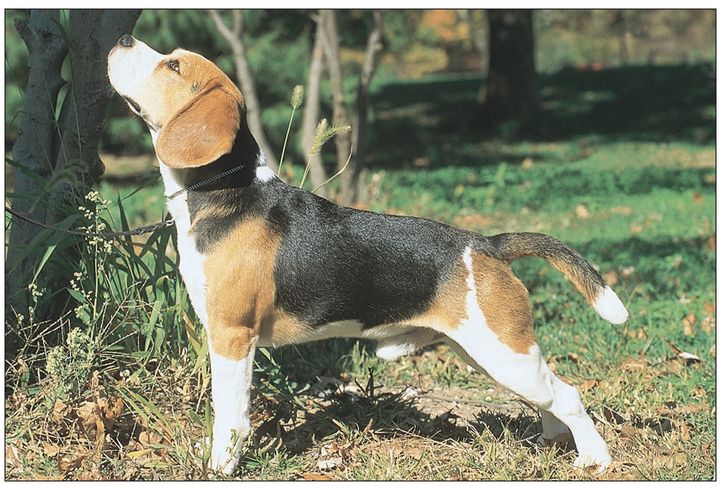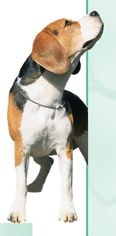Table of Contents
Head: The skull should be fairly long, slightly domed at occiput, with cranium broad and full.
Eyes: Eyes large, set well apartsoft and houndlikeexpression gentle and pleading; of a brown or hazel color.
Muzzle: Of medium lengthstraight and square-cutthe stop moderately defined.
Shoulders: Slopingclean, muscular, not heavy or loadedconveying the idea of freedom of action with activity and strength.
Jaws: Level. Lips free from flews.
Throat: Clean and free from folds of skin; a slight wrinkle below the angle of the jaw, however, may be allowable.
Chest: Deep and broad, but not broad enough to interfere with the free play of the shoulders.
Ears: Set on moderately low, long, reaching when drawn out nearly, if not quite, to the end of the nose; fine in texture, fairly broad, setting close to the head, with the forward edge slightly inturning to the cheekrounded at tip.
Neck: Rising free and light from the shoulders, strong in substance yet not loaded, of medium length.
Forelegs: Straight, with plenty of bone in proportion to size of the hound. Pasterns short and straight.
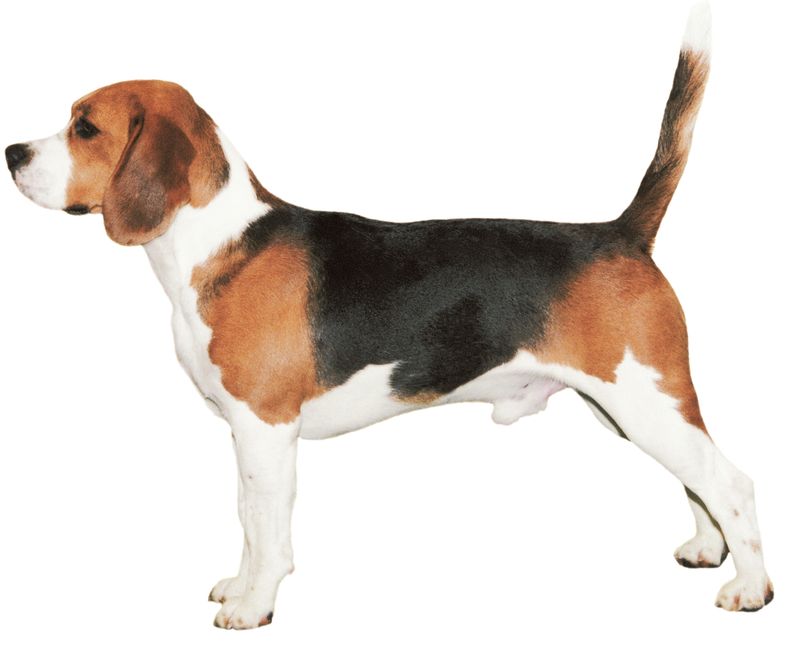
Physical Characteristics of the Beagle
(from the American Kennel Club breed standard)
Body: Back short, muscular and strong. Loin broad and slightly arched, and the ribs well sprung, giving abundance of lung room.
Tail: Set moderately high; carried gaily, but not turned forward over the back; with slight curve; short as compared with size of the hound; with brush.
Hips and Thighs: Hips and thighs strong and well muscled, giving abundance of propelling power.
Coat: A close, hard, hound coat of medium length.
Color: Any true hound color.
Varieties: Thirteen Inchwhich shall be for hounds not exceeding 13 inches in height. Fifteen Inchwhich shall be for hounds over 13 but not exceeding 15 inches in height.
Feet: Close, round and firm. Pad full and hard.
Beagle
Beagles areexcellent as pets forpeople of all ages,as show dogs and ashunting dogs. Theyare hardy andversatile, and theylove people.
HISTORY OF THEBEAGLE
The origin of the Beagle, like that of most other hound breeds, cannot be positively traced; it appears buried in antiquity. In the second century AD, Onomasticon, a Greek dictionary in ten books by Iulius Pollux, mentions the dog being used by man for hunting purposes about 1300 BC. The ancient Greek author Xenophon made references in his writings of about 450 BC to small hounds used to hunt hare on foot. While no formal name was given to these small hounds, they were undoubtedly the prognosticators of the dog we have come to know today as the Beagle.
Early man hunted animals for survival itself but, through the centuries, hunting evolved from a means to sustain life into a sport. The landed gentry and nobility of England, as early as the fourteenth century, participated in blood sports as a social activity. They used horses and large and small hounds, along with small terriers, in the pursuit of deer, fox, badger and hare.
Alert, compact and lively, with exceptional scenting skills, the Beagle was a favored hunting companion of royalty and now is a familiar face to dog lovers everywhere.
Evolutionists agree that all breeds of domestic dog have developed from the wolf.
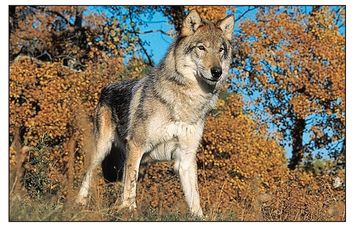
CLUB OBJECTIVES
Englands Beagle Clubs objectives and aims were published in 1899 and they still remain unchanged: It keeps wide open its doors and welcomes alike to the fold the Master of Beagles who wishes to maintain or form his Pack on ancient lines; the shooting man who keeps a few couples for driving out the rabbits, or putting up the pheasant; the drag hunter who gets an afternoons healthy exercise with the pleasure of seeing hounds work and hearing hound music; the exhibitor who finds pleasure in breeding for perfection, so far as looks go, and performs most useful work by making the beauty of the breed more generally known; the lady who finds the Beagle the most intelligent and interesting of pets; last, but certainly not the least, the old sportsman whose sporting days are over, who has a keen remembrance of what has been and joins in, whilst his recollections and experiences are of inestimable value to a younger generation. All these are now united in the same effort.
Selection for desired physical characteristics and mental traits to suit a purpose is how the various purebred dog breeds came into being. In prehistoric times, the breeder was the caveman looking for a dog whose basic instincts were strong, and he used the best of these dogs to assist him in finding and catching food. Later, the breeder was the farmer, who found that keeping a hardy and energetic dog around helped keep meat on the familys table. The caveman and, much later, the farmer both followed the dogs on foot.
Later, when the Beagle was kept by the British aristocracy, stockmen were employed and it was their job to make the selection of stock. The aristocracy, having the wealth to do so, kept large numbers of hounds together in packs; the evenness of type in these packs was highly regarded. The terrain varied from county to county throughout England and so the desired type varied from pack to pack to serve the challenges of the local hunt. The groups of wealthy sportsmen usually followed the hounds on horseback.
By repeatedly selecting desirable characteristics and traits to suit the purpose at hand, the breeder, whether the caveman, the farmer, the stockman, etc., fixed type within the dogs and these small hounds eventually were refined and bred with some consistency.
During the Middle Ages in England, there were two varieties of hound said to be quite numerous, known as Northern Hounds and Southern Hounds. There also were hounds of a larger type used for trailing deer, probably the Foxhound, and others of a smaller type used for trailing hare, thought to be Harriers and Beagles.
The Belvoir pack, with both Beagles and English Foxhounds, was one of the most important packs in England. It is seen in this historic photo, moving off after the Meet at Croxton Park, near Grantham. In the background is the noteworthy edifice known as the Olde Croxton Abbey.


